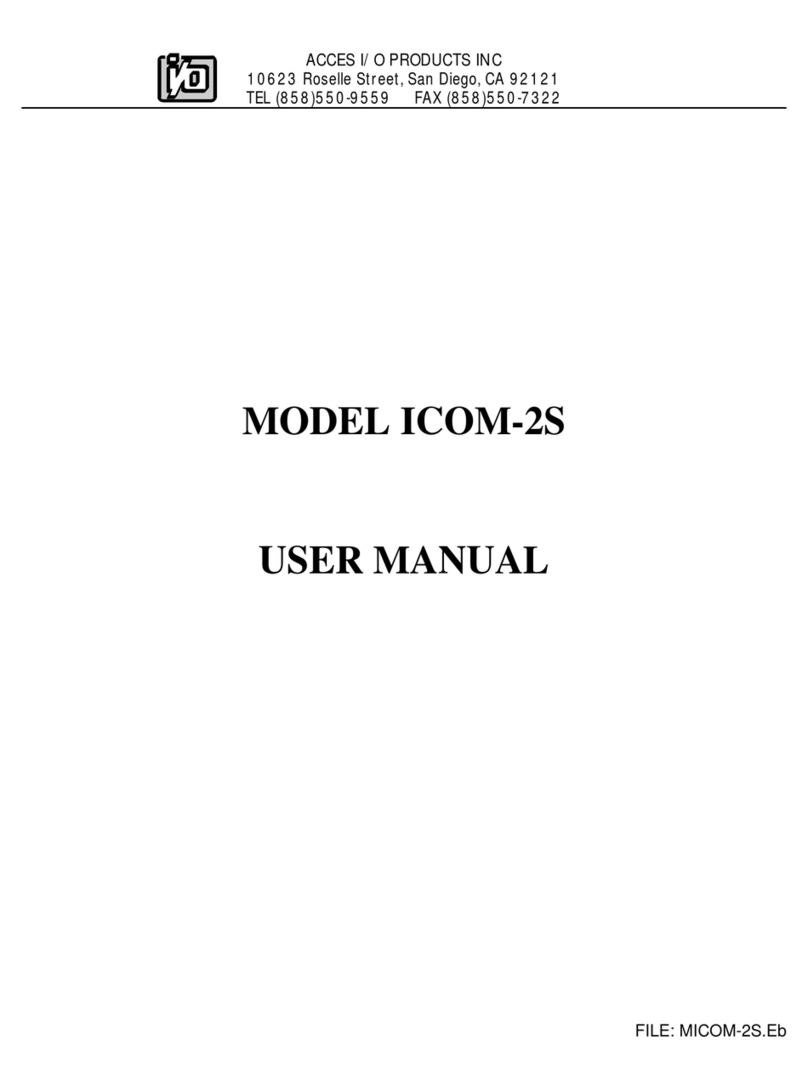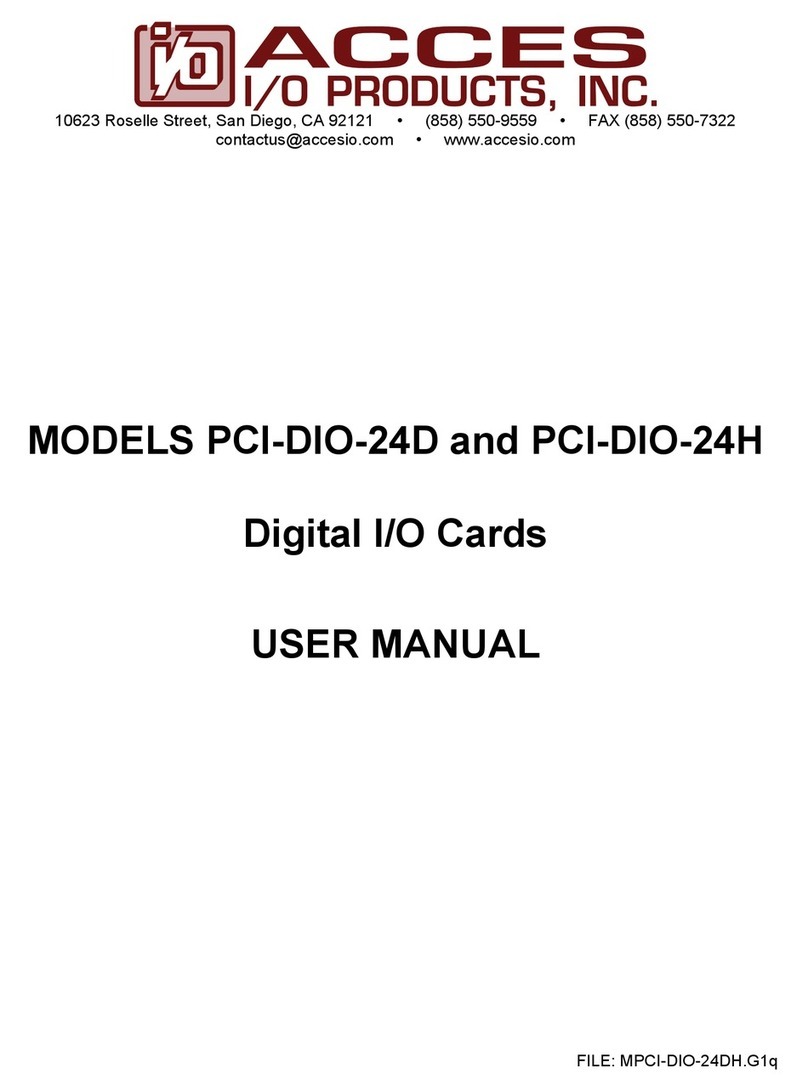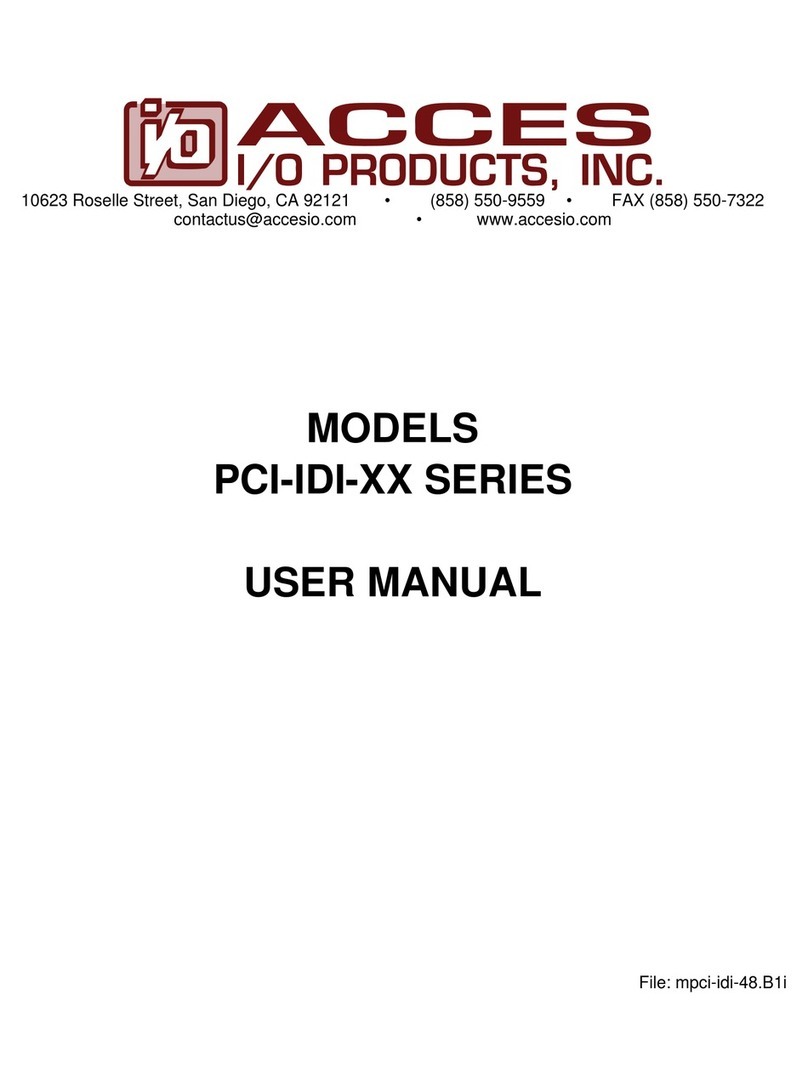
Page v
Table of Contents
Notice ..............................................................iii
Warranty ...........................................................iv
FOREWORD ........................................................iii
Guarantee ..........................................................iv
Limited Warranty ....................................................iv
Return Procedure .................................................... v
Limitation of Liability ................................................. v
Advisories ..........................................................vi
Chapter 1: Introduction ..............................................1-1
Description ........................................................... 1-1
Data Acquisition ....................................................... 1-1
Digital Input/Output ..................................................... 1-1
Special Functions ...................................................... 1-2
Utility Software ........................................................ 1-2
Specifications ......................................................... 1-2
Regulatory Compliance .................................................. 1-3
Chapter 2: Installation ...............................................2-1
CD Installation ......................................................... 2-1
3.5-Inch Diskette Installation .............................................. 2-1
Directories Created on the Hard Disk ....................................... 2-2
Installing the Card ...................................................... 2-4
Chapter 3: Cable Connections ........................................3-1
Chapter 4: Address Selection .........................................4-1
Chapter 5: Software .................................................5-1
Setup Program ........................................................ 5-1
Sample Programs ...................................................... 5-1
Chapter 6: Programming .............................................6-1
Port Addresses and Functions ............................................ 6-1
Analog Inputs ......................................................... 6-6
Digital I/O ............................................................ 6-8
Programming Example .................................................. 6-8
Appendix A: 8255 Data Sheet ........................................ A-1
Appendix B: LM12H458 Data Sheet ................................... B-1






























